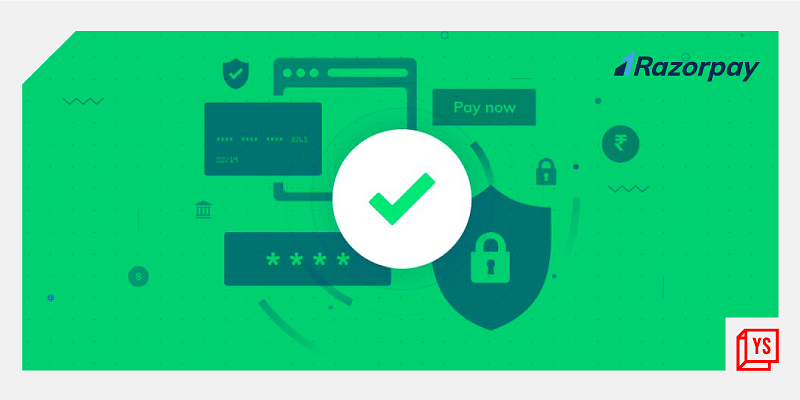Online payment options and real-time transactions have been a massive success among consumers. However, cybercriminals have made online transactions as yet another avenue to dupe consumers. Payment frauds have become much more sophisticated over the years making it increasingly difficult for consumers to identify them.
According to the RBI’s recent report, bank frauds of Rs 100,000 and above have more than doubled in value to Rs 1.85 lakh crores in FY20 as compared to Rs 71,500 crore in FY19 along with the number of such cases having increased by 28 percent in the same period. But with the steady uptake in digital transactions, online payments have become an integral part of our life. In this scenario, it is imperative to undertake certain cybersecurity measures for a safer experience.
Here are six best practices you can undertake in order to avoid getting cheated while making online payments:
1. Avoid engaging with strangers online and disclosing about your finances: Banks don’t ask for personal information over the telephone, emails, or text messages. Therefore, avoid sharing PINs, passwords, OTPs or your organisation’s financial information without proper verification with anyone, even with people you’re close to.
2. Ensure the website is safe: While making a payment, particularly on a new website, before entering your card details at checkouts and payment pages, check for the padlock symbol at the top left corner of the taskbar. The green padlock is a simple visual queue to the end user that the website is secure. Another way to detect the website has enhanced security is through their URLs. If the URL begins with https instead of http, the website is considered to have a secured connection.
3. Watch out for phishing scams: Phishing scams have been at an all time high across the world. Through this method, attackers send emails and messages that impersonate well-known entities like a service provider or a bank, etc which are hard to differentiate if you’re not cautious. In order to avoid falling victim to phishing scams, always check URLs of hyperlinks before clicking or entering sensitive information. It is possible that the hyperlinked text is different from where the URL redirects to which could be a download link or a different website with an identical design.
4. Read privacy policies and resist pressure: Though long and complex, privacy policies tell you how the site protects the personal information it collects. If you don’t see or understand a site’s privacy policy, consider doing business elsewhere. Further, resisting the pressure to act immediately as legitimate businesses will give you time to make a decision.
5. Beware of dubious payment methods: Recent scams in online payments have developed with strangers implying themselves from the respective payment stores, asking for OTPs real time through a telephone call while staying on hold. Never relay information or take payment instructions from a stranger while doing an online transaction. If the person insists, cancel the transaction immediately and file a complaint with the authorities.
6. Verify after your payments are conducted: A harmless way to stay secure is to always verify and go over your transactions through e-invoices and email alerts. With the advancement of mobile banking, one could check within a few seconds if the correct transaction has been made through their account details.
Amidst scams being on a rise, it is important that you stay aware of your surroundings and are up-to-date on recent kinds of fraudulent activities. Although you may have been out of harm’s way through acting suitably, it is crucial that you educate your family and friends and save them from any kind of cyber crime activities. Stay safe, stay smart!
Issued in Public Interest by Razorpay










